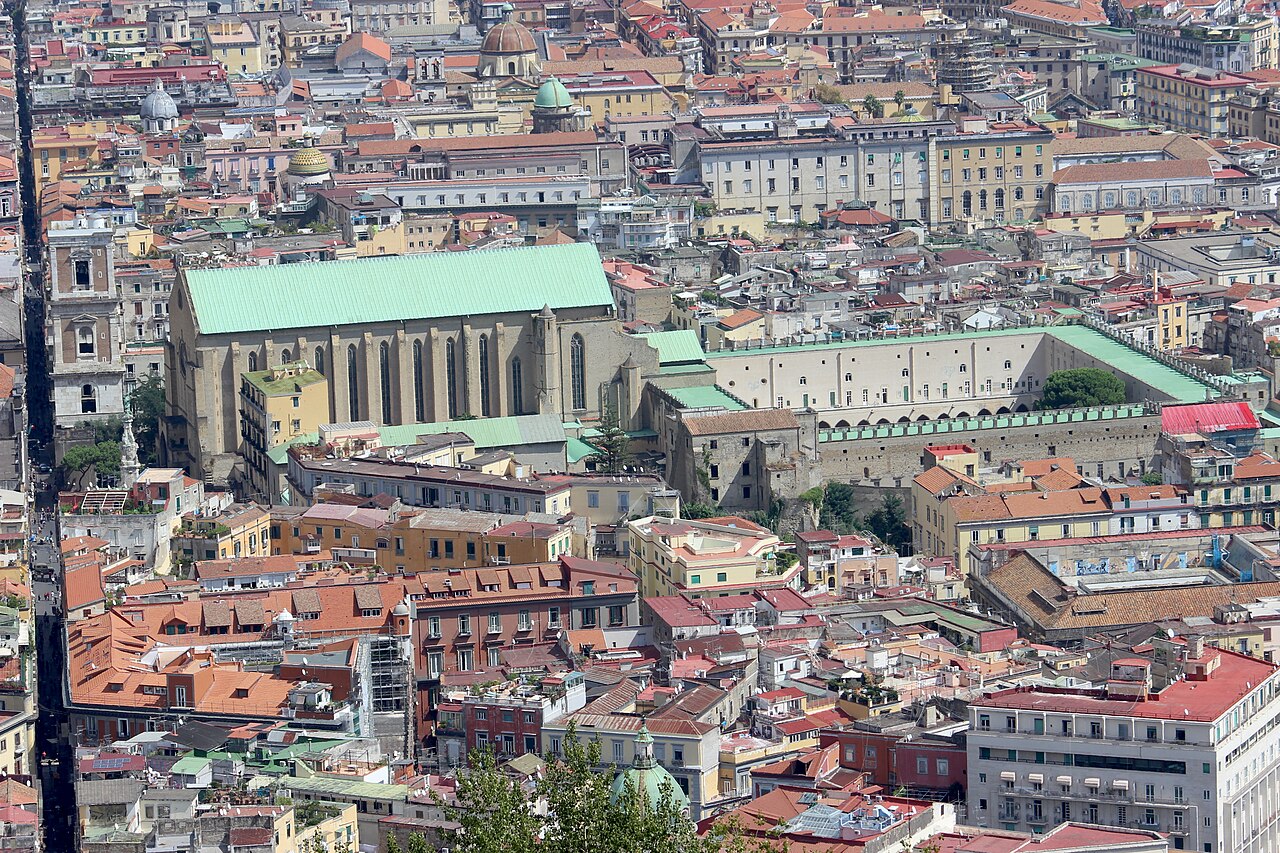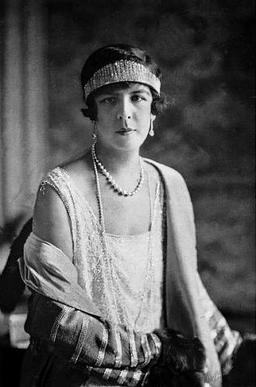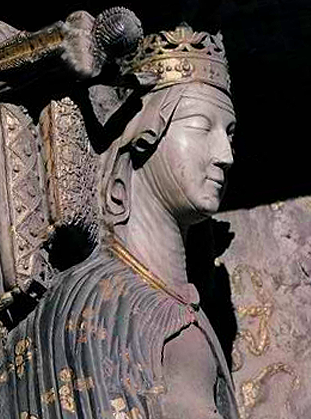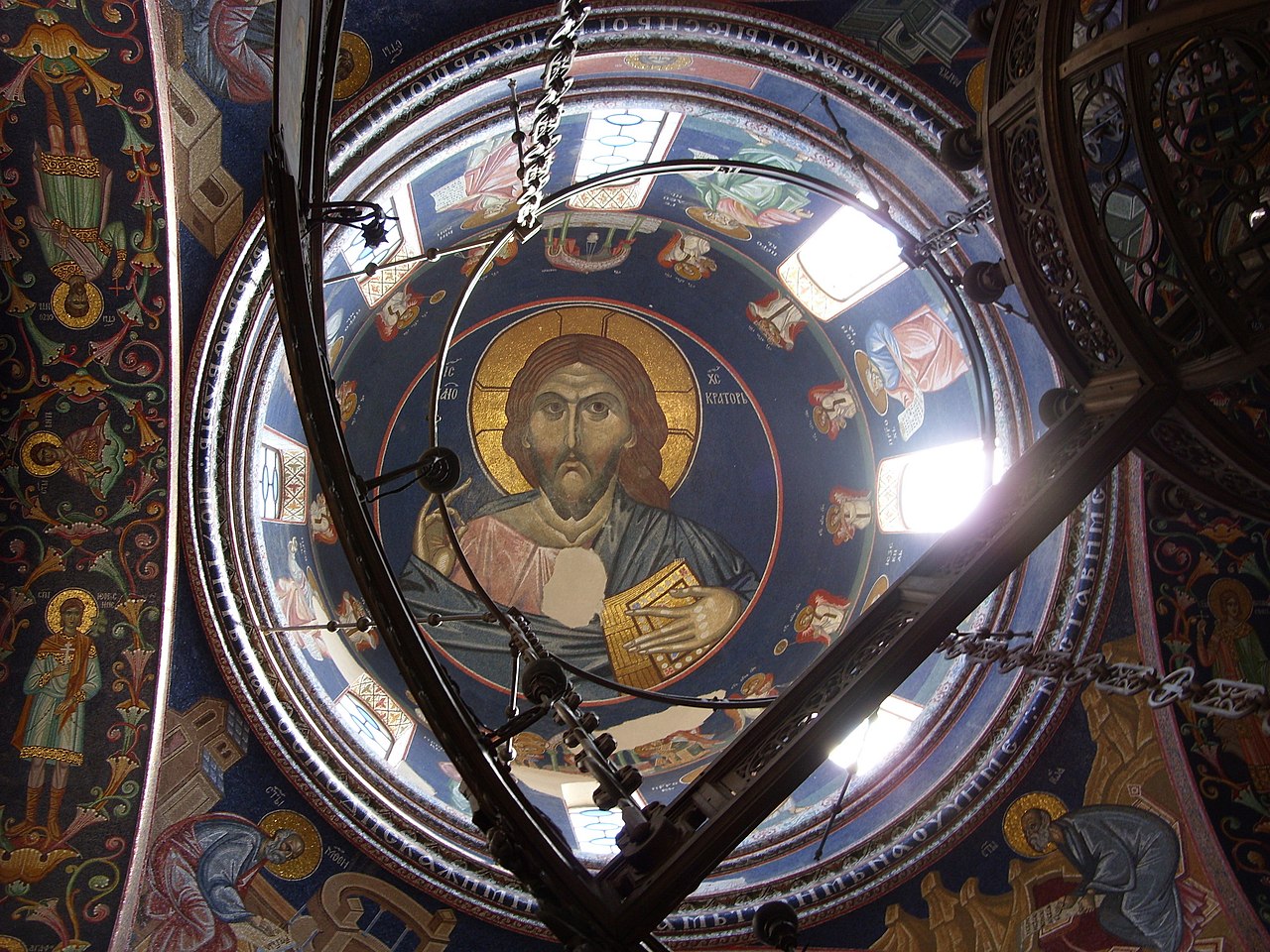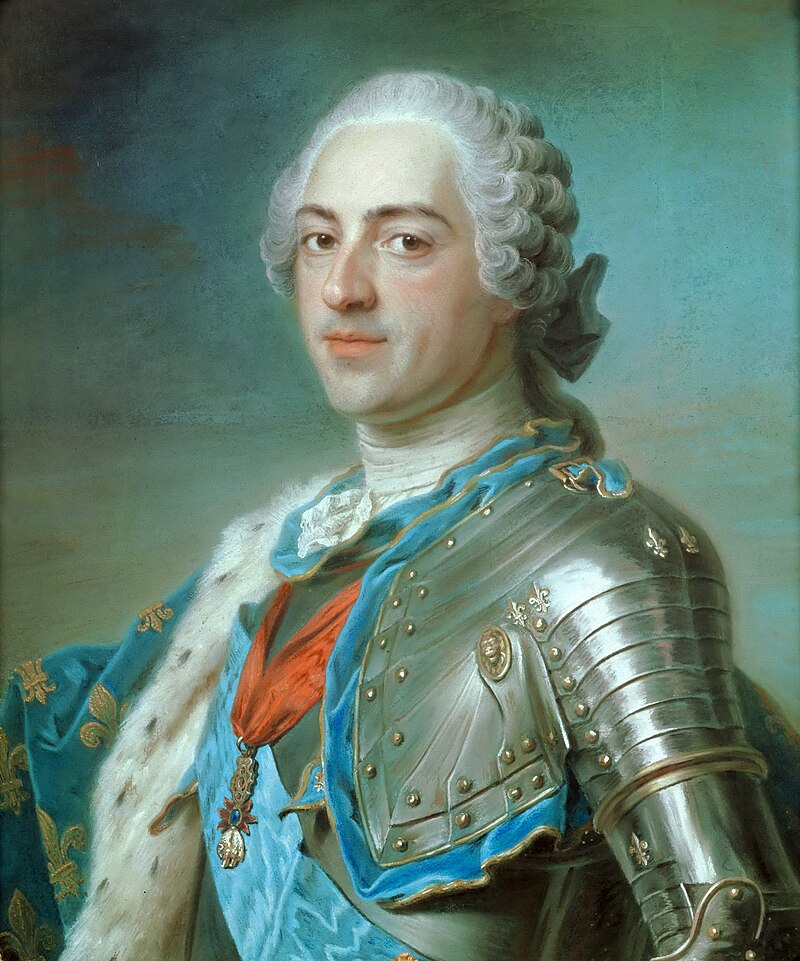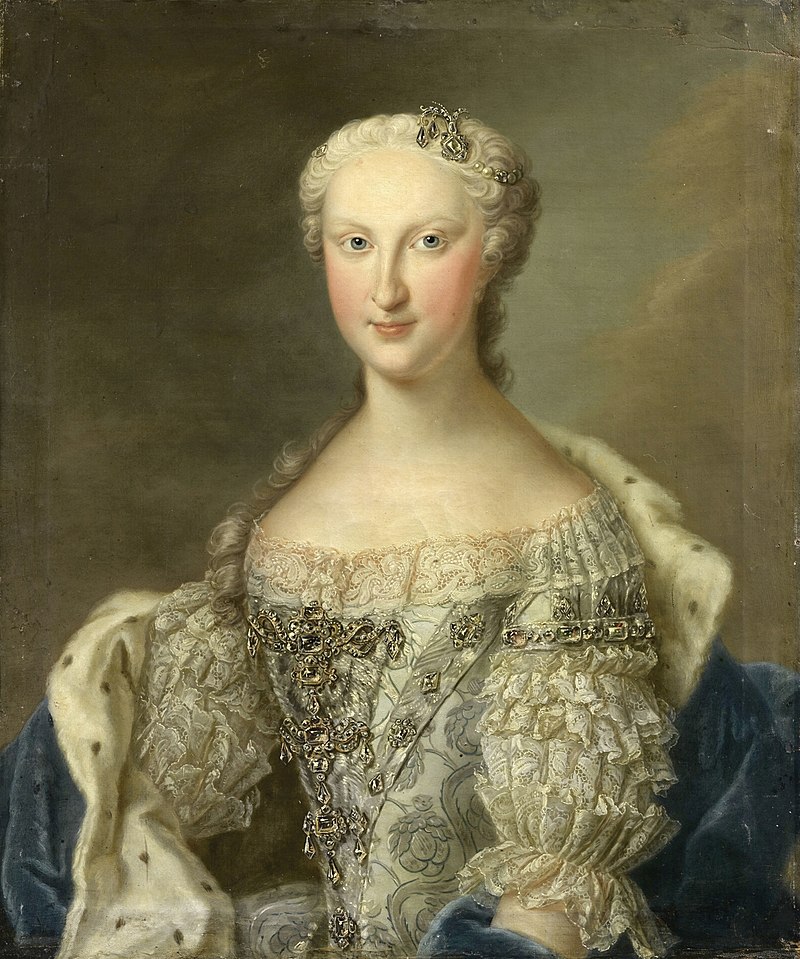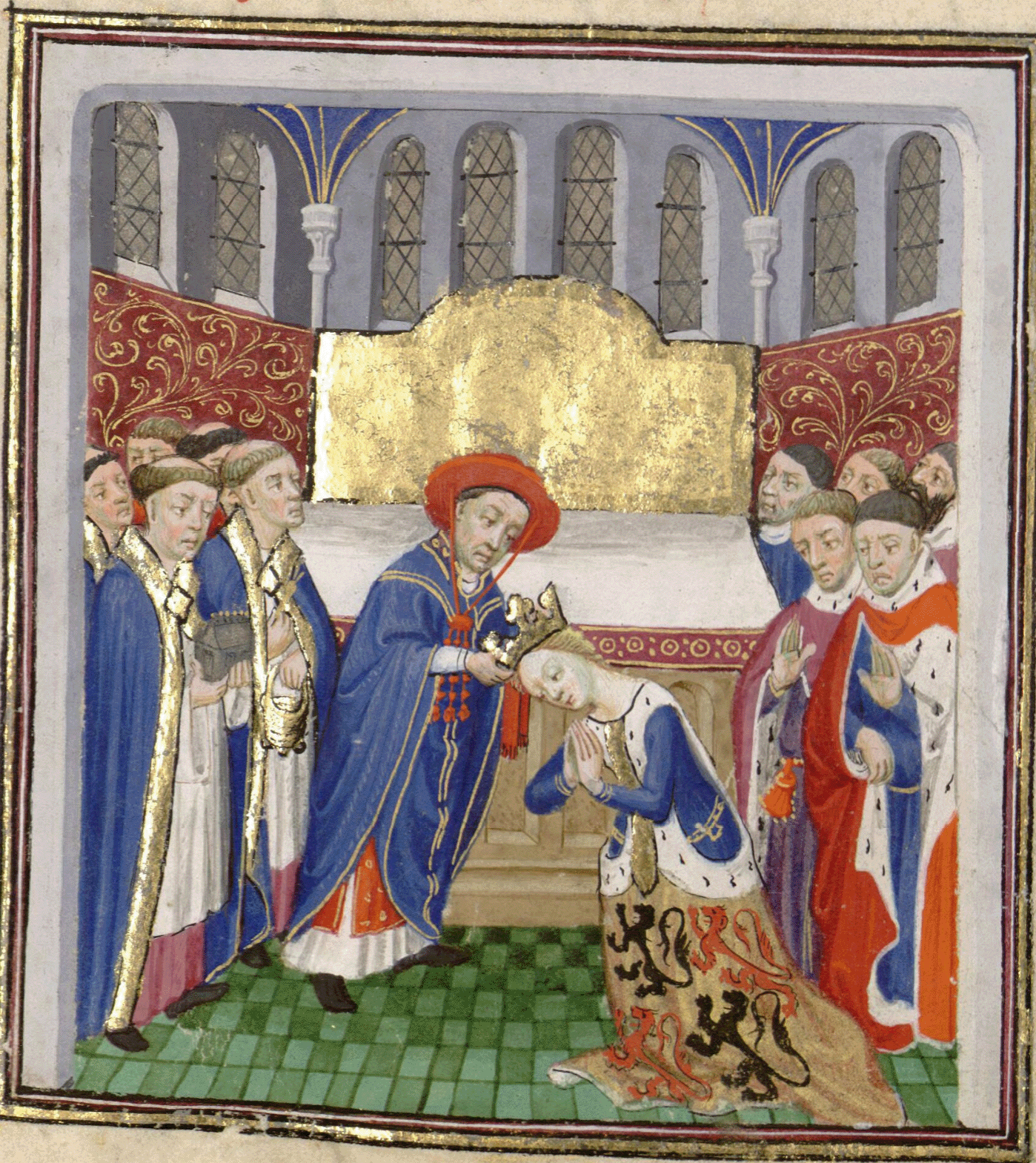by Susan Flantzer
© Unofficial Royalty 2022

Luisa de Guzmán, Queen of Portugal; Credit – Wikipedia
Luisa de Guzmán was the wife of João IV, the first King of Portugal from the Portuguese House of Braganza. She was also the mother of Catherine of Braganza, the wife of Charles II, King of England and King of Scots. Luisa María Francisca de Guzmán y Sandoval was born on October 13, 1613 at the Castle of San Pedro de Huelva, the seat of the powerful Spanish House of Medina Sidonia, in Huelva, Andalucía, Spain. She was the only daughter of Manuel Pérez de Guzmán y Silva, 8th Duke of Medina Sidonia and Juana Lorenza Gomez de Sandoval y de la Cerda (died 1624). Luisa’s paternal grandparents were Alonso Pérez de Guzmán, 7th Duke of Medina Sidonia, the commander-in-chief of the ill-fated Spanish Armada, and Ana Gomez de Silva y de Mendoza, daughter of Ana de Mendoza de la Cerda y de Silva Cifuentes, Princess of Eboli, Duchess of Pastran. Her maternal grandparents were Francisco de Sandoval y Rojas, 1st Duke of Lerma, a powerful favorite of King Felipe III of Spain, and Catalina de la Cerda y Portugal. Luisa was descended from the Kings of Portugal through both her mother and her father. She was also a descendant of Ferdinand II, King of Aragon through one of his illegitimate children and Pope Alexander VI, born Rodrigo Borgia, via one of his many mistresses.
Luisa had four brothers:
- Gaspar de Guzmán y Sandoval, 9th Duke of Medina Sidonia (1602 – 1664), married (1) Ana de Guzmán y Silva, had four children (2) Juana Fernández de Córdoba y Enríquez de Ribera, had two children
- Melchor de Guzmán y Sandoval (? – 1639), married Luisa Josefa Manrique de Zúñiga, 3rd Marquesa of Villamanrique, had two children
- Alonso de Guzmán y Sandoval (born circa 1611 – ?)
- Juan de Guzmán y Sandoval (born circa 1612 – ?)
In 1580, the throne of Portugal was taken by the Spanish Habsburgs. In 1578, King Sebastian of Portugal from the House of Aviz was killed in battle without any heirs, causing a succession crisis. He was succeeded by his elderly great-uncle Henrique who was a Cardinal of the Roman Catholic Church and had no descendants because he had taken a vow of chastity as a priest. When Cardinal-King Enrique died two years later, three grandchildren of Manuel I, King of Portugal (1469 – 1521) claimed the Portuguese throne: King Felipe II of Spain (the son of Manuel I’s daughter Isabella of Portugal, Holy Roman Empress), António, Prior of Crato (the son of Manuel I’s son Luis, Duke of Beja), and João’s grandmother Catarina, Duchess of Braganza (the daughter of Manuel I’s son Duarte, Duke of Guimarães and the grandmother of Luisa’s husband João IV, King of Portugal). Ultimately, the grandchild who was successful in his claim was Felipe II, King of Spain. The Iberian Union was the union of the Kingdom of Spain and the Kingdom of Portugal that existed between 1580 and 1640, under the Spanish Habsburg kings Felipe II, Felipe III, and Felipe IV who reigned as Filipe I, Filipe II, and Filipe III of Portugal.
Felipe IV, King of Spain (also Filipe III, King of Portugal) had a plan to incorporate Portugal into the Kingdom of Spain. Part of the plan was to carry out a Spanish-Portuguese marriage policy to confuse and unify the nobles of Spain and Portugal. The marriage of the Spanish Luisa de Guzmán and the Portuguese João Braganza, 8th Duke of Braganza came as an opportunity not to be missed. By bringing together two important ducal houses, one from Spain and the other from Portugal, the Spanish government hoped to prevent a Portuguese uprising against Spain.

Luisa’s husband, João Braganza, 8th Duke of Braganza, later João IV, King of Portugal, in 1630; Credit – Wikipedia
On January 12, 1633, Luisa married João Braganza, 8th Duke of Braganza.
Luisa and João had seven children:
- Teodósio, Prince of Brazil, Duke of Braganza (1634 – 1653), died at age 19 due to tuberculosis
- Ana of Braganza (born and died 1635), died at birth
- Joana of Braganza, Princess of Beira (1635 – 1653), died in her teens
- Catherine of Braganza, Queen of England, Queen of Scots (1638 – 1705), married Charles II, King of England, King of Scots, no children, had at least three miscarriages
- Manuel of Portugal (born and died 1640), died at birth
- Afonso VI, King of Portugal (1643 – 1683), married Maria Francisca of Savoy, no children -Afonso was physically and mentally challenged. In 1668, his brother Pedro had Afonso declared incapacitated. Pedro became Regent of Portugal, annulled Afonso’s marriage, and married Afonso’s former wife Maria Francisca of Savoy. Afonso spent the rest of his reign basically as a prisoner.
- Pedro II, King of Portugal (1648 – 1706), married (1) Maria Francisca of Savoy, had one daughter (2) married Maria Sophia of Neuburg, had eight children

Luisa’s daughter Catherine, later Queen of England and Queen of Scots, as a child; Credit – Wikipedia
Spain’s plan to prevent a Portuguese uprising through Luisa and João’s marriage did not work. By 1640, taxes on Portuguese merchants had increased. Portuguese nobles began to lose their influence as government posts in Portugal were increasingly given to Spaniards. They soon realized that if Portugal became part of the Kingdom of Spain, they stood to lose all their power. Luisa was ambitious by nature, and despite being Spanish, she supported a rebellion against Spain, saying to her husband, “Rather Queen for a day than Duchess all my life.”
This situation eventually caused a rebellion organized by the Forty Conspirators, a Portuguese nationalist group composed of forty men of the Portuguese nobility. On December 1, 1640, taking advantage that Spanish troops were fighting in the Thirty Years’ War and dealing with a revolution in the Catalonia region of Spain, the Forty Conspirators’ plot unfolded. Secretary of State Miguel de Vasconcelos was killed. Filipe III’s cousin Margaret of Savoy, the Habsburg Vicereine of Portugal who ruled in Filipe III’s place, was arrested. Within a few hours, Luisa’s husband João was proclaimed João IV, King of Portugal, claiming legitimate succession through his grandmother Catarina, Duchess of Braganza, and she was Queen of Portugal.
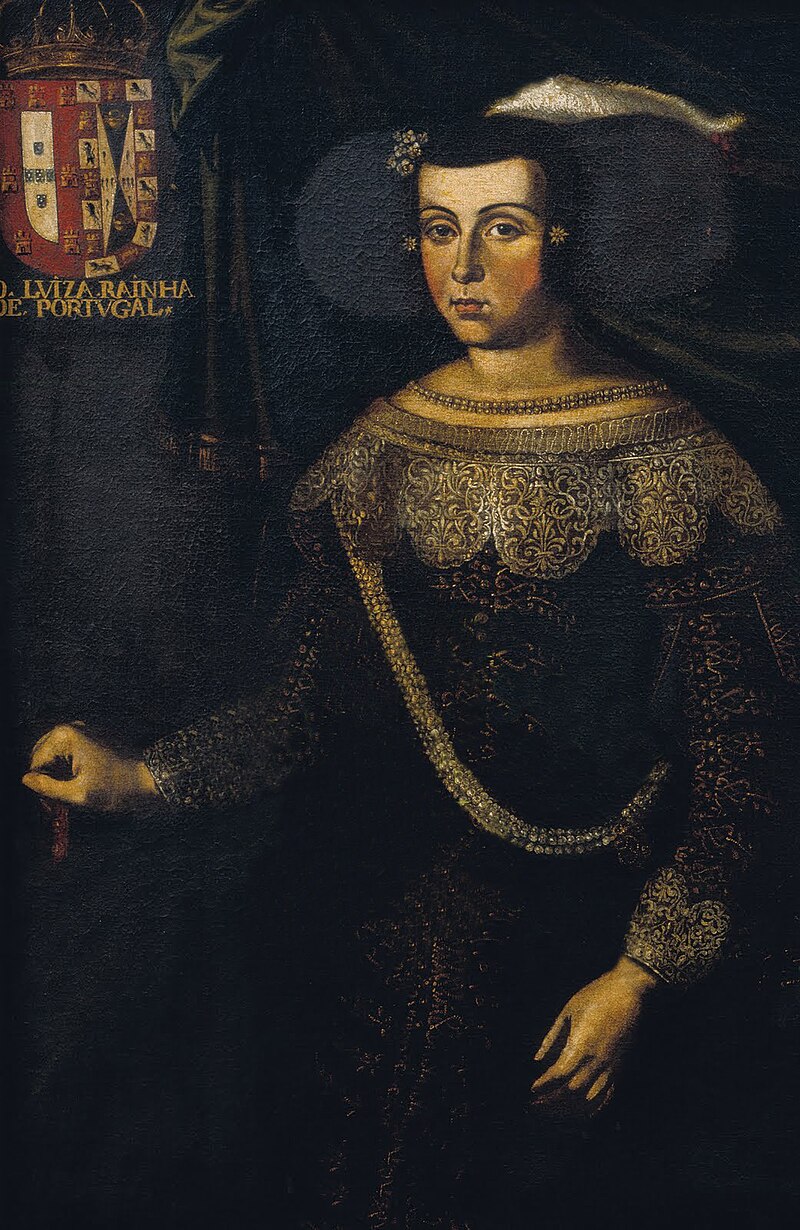
Luisa as Queen of Portugal; Credit – Wikipedia
After she became Queen of Portugal, Luisa settled at the Ribeira Palace in Lisbon. She oversaw her children’s education but she also took an active part in Portuguese politics. She supported her husband’s policies during the Portuguese Restoration War (1640 – 1648), periodic skirmishes between Portugal and Spain that lasted into the reign of João IV’s son, and ended with Spain’s official recognition of Portugal’s independence in 1648. After the Revolt of 1641 and the attempted assassination of João IV on August 29, 1641, Luisa supported the execution of the conspirators. Luisa acted as the regent whenever João needed to leave Lisbon.
João IV, King of Portugal died on November 6, 1656, aged 52, at Ribeira Palace in Lisbon, Portugal. He had suffered from gout and its side effects since 1648. In his will, João IV had appointed Luisa as the regent during the minority of their son Afonso VI who became King of Portugal at the age of thirteen. During her years as Regent of Portugal, Luisa defended the independence of Portugal and was responsible for the diplomatic success of the new alliance with England which included the marriage of her daughter Catherine to Charles II, King of England and King of Scots.
Because Afonso VI was physically and mentally challenged, his mother Luisa wanted to continue as regent after he reached the age of majority in November 1662. However, shortly after Afonso VI reached the age of majority, 26-year-old Luís de Vasconcelos e Sousa, 3rd Count of Castelo Melhor saw an opportunity to gain power at court by befriending the mentally unstable king. Becoming Afonso’s favorite, Castelo Melhor convinced Afonso that his mother Luisa was planning to steal his throne and exile him from Portugal, although there was no evidence that this was true. As a result, Afonso took control of the throne and appointed Castelo Melhor his escrivão da puridade (scribe of purity), a position that enabled Castelo Melhor to exercise the functions of a prime minister. Luisa remained in the palace until March 1663, when she retired to the Discalced Carmelite convent in Xabregas, Lisbon, Portugal.

Royal Pantheon of the House of Braganza Credit – Wikipedia Commons
Luisa died on February 27, 1666, aged 52, at the Discalced Carmelite convent in Xabregas, Lisbon, Portugal where she was initially buried. Her remains were later transferred to the Royal Pantheon of the House of Braganza, the burial site for members of the House of Braganza, at the Monastery of São Vicente de Fora in Lisbon, Portugal.
This article is the intellectual property of Unofficial Royalty and is NOT TO BE COPIED, EDITED, OR POSTED IN ANY FORM ON ANOTHER WEBSITE under any circumstances. It is permissible to use a link that directs to Unofficial Royalty.
Works Cited
- En.wikipedia.org. 2022. Luisa de Guzmán – Wikipedia. [online] Available at: <https://en.wikipedia.org/wiki/Luisa_de_Guzm%C3%A1n> [Accessed 22 May 2022].
- En.wikipedia.org. 2022. Manuel Pérez de Guzmán y Silva, 8th Duke of Medina Sidonia – Wikipedia. [online] Available at: <https://en.wikipedia.org/wiki/Manuel_P%C3%A9rez_de_Guzm%C3%A1n_y_Silva,_8th_Duke_of_Medina_Sidonia> [Accessed 22 May 2022].
- Es.wikipedia.org. 2022. Luisa Francisca de Guzmán – Wikipedia, la enciclopedia libre. [online] Available at: <https://es.wikipedia.org/wiki/Luisa_Francisca_de_Guzm%C3%A1n> [Accessed 22 May 2022].
- Flantzer, Susan, 2022. João IV, King of Portugal. [online] Unofficial Royalty. Available at: <https://www.unofficialroyalty.com/joao-iv-king-of-portugal/> [Accessed 22 May 2022].
- geni_family_tree. 2022. Luisa Maria de Guzmán, Rainha-Consorte de Portugal. [online] Available at: <https://www.geni.com/people/Luisa-Maria-de-Guzm%C3%A1n-Rainha-Consorte-de-Portugal/6000000000307250005> [Accessed 22 May 2022].
- Louda, Jiri and Maclagan, Michael, 2002. Lines of Succession. London: Little, Brown.
- Pt.wikipedia.org. 2022. Luísa de Gusmão – Wikipédia, a enciclopédia livre. [online] Available at: <https://pt.wikipedia.org/wiki/Lu%C3%ADsa_de_Gusm%C3%A3o> [Accessed 22 May 2022].






